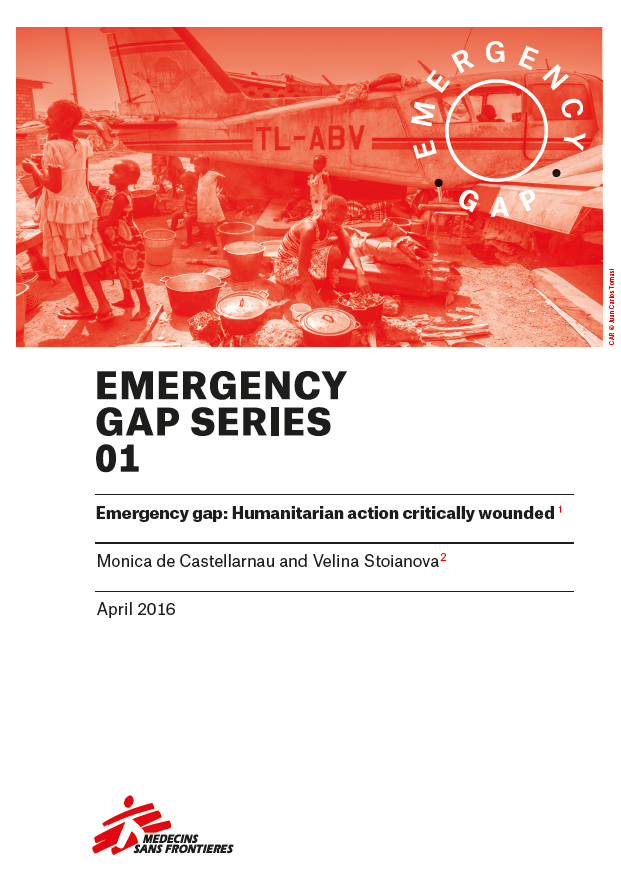Emergency gap: Humanitarian action critically wounded
Emergency gap series 01
As a humanitarian sector, we now have more means and know-how at our disposal than ever before, yet humanitarian organisations and donors are struggling to keep up with the ever-growing demands placed on the sector, especially when it comes to conflicts. Humanitarian action is at a critical juncture. However, far from being challenged by a funding gap or by a lack of long-term and strategic vision, it is failing at its core. The ability of the system to provide effective humanitarian assistance when a major conflict erupts or when there is where to buy viagra without prescription an escalation in a protracted crisis is markedly inadequate as proven by our collective failure in Yemen, Syria, Libya, Central African Republic, South Sudan and other recent crises.
There is growing evidence that the humanitarian system is struggling to remain on the ground and deliver assistance in conflict settings. The resulting gap is what we call the “emergency gap” and it refers to the absence of sufficient humanitarian actors on the ground, delivering urgent assistance during the acute phase of an emergency. The emergency gap is leaving people destitute of aid at the most critical of times, and the humanitarian system is unable to perform its core duty to the victims of conflict. In this first paper we introduce the three internal factors of the current system that have created a vicious circle leading to the emergency gap: a structural one, a mindset one and a conceptual one.


 MSF_EG01_Humanitarian action critically wounded_April 2016
MSF_EG01_Humanitarian action critically wounded_April 2016